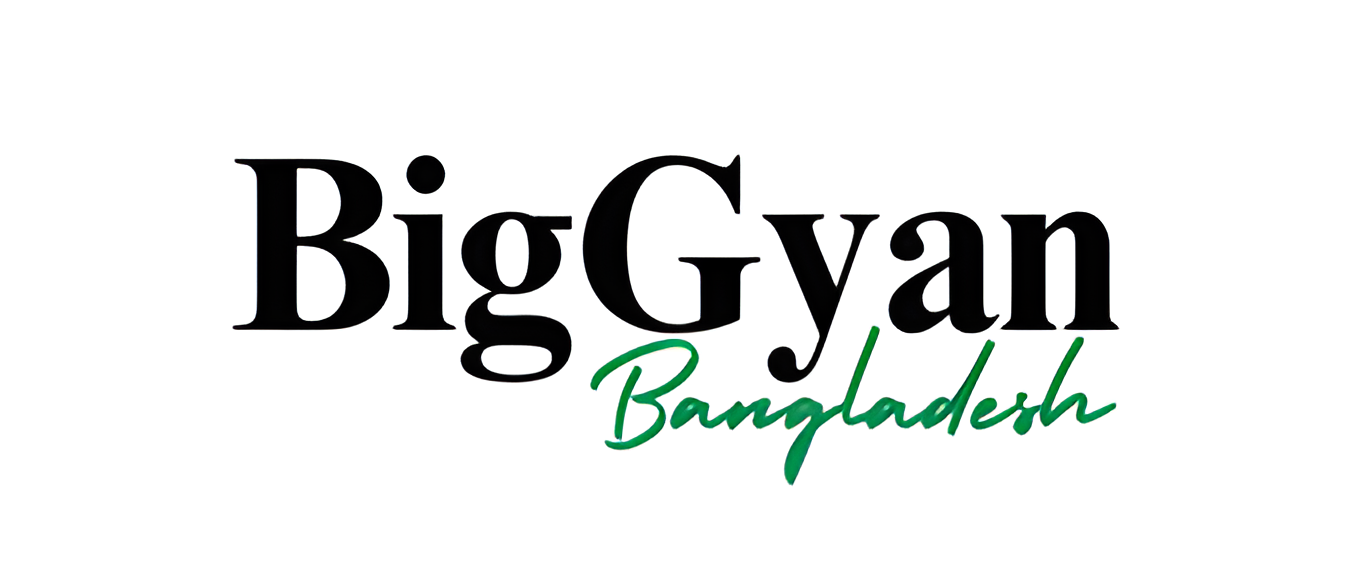Bangladesh is on the path to technological advancement, but its STEM (Science, Technology,
Engineering, and Mathematics) education sector faces several critical challenges. Addressing these issues
is vital for unlocking the full potential of STEM and driving the country’s development.
1. Infrastructure Gaps
Many educational institutions in Bangladesh, particularly in rural areas, lack modern laboratories and up
to-date equipment. This hampers students’ ability to engage in practical, hands-on learning experiences
crucial for STEM fields.
2. Access Disparities
There is a significant gap in the quality of STEM education between urban and rural areas. Rural students
often have limited access to quality resources and skilled teachers, creating educational inequalities.
3. Teacher Shortages
A shortage of qualified STEM teachers and inadequate professional development opportunities affect the
quality of instruction. Many teachers struggle to keep up with the latest advancements due to outdated
training and low salaries.
4. Outdated Curriculum
The STEM curriculum often focuses on rote learning rather than practical application and critical
thinking. There is a need to update the curriculum to reflect current industry trends and technological
advancements.
5. Weak Industry-Academia Collaboration
Limited partnerships between educational institutions and industry stakeholders reduce opportunities for
students to gain real-world experience and exposure to current industry practices.
6. Funding Constraints
Insufficient funding and resource allocation hinder the development of modern facilities and innovative
educational programs. The limited budget impacts the quality and reach of STEM education.
7. Gender and Social Inequality
A gender gap and socioeconomic factors limit the participation of women and underprivileged students in STEM fields. Societal norms and economic barriers further discourage engagement in these disciplines.
8. Limited Research Opportunities
Low investment in research and development, combined with a concentration of resources in a few
institutions, restricts students’ and researchers’ ability to engage in cutting-edge projects.
Moving Forward
To address these challenges, Bangladesh needs to focus on several key areas:
– Upgrade infrastructure and facilities across educational institutions.
– Enhance teacher training and improve career prospects to retain qualified educators.
– Revise the STEM curriculum to emphasize practical skills and current industry trends.
– Foster stronger partnerships between academia and industry to provide real-world experiences.
– Increase funding for STEM education and research to support development and innovation.
– Promote inclusivity by encouraging gender equality and supporting students from underprivileged
backgrounds.
By tackling these issues head-on, Bangladesh can strengthen its STEM sector, preparing students for the
demands of a rapidly evolving global landscape and driving national progress.
written by Abrar Sayeed
Overcoming Challenges in STEM Education: A Path Forward for Bangladesh




